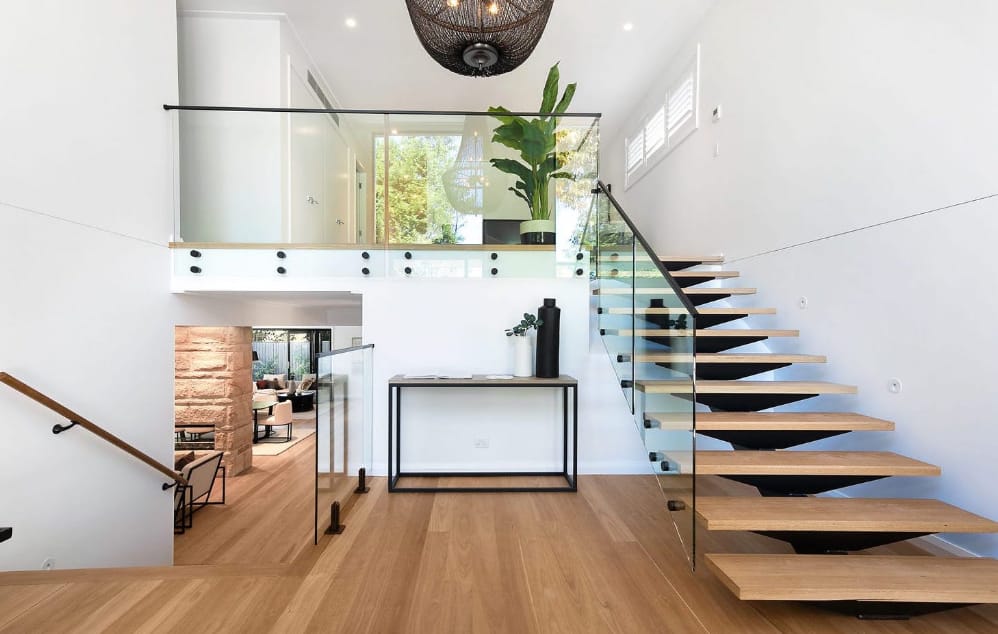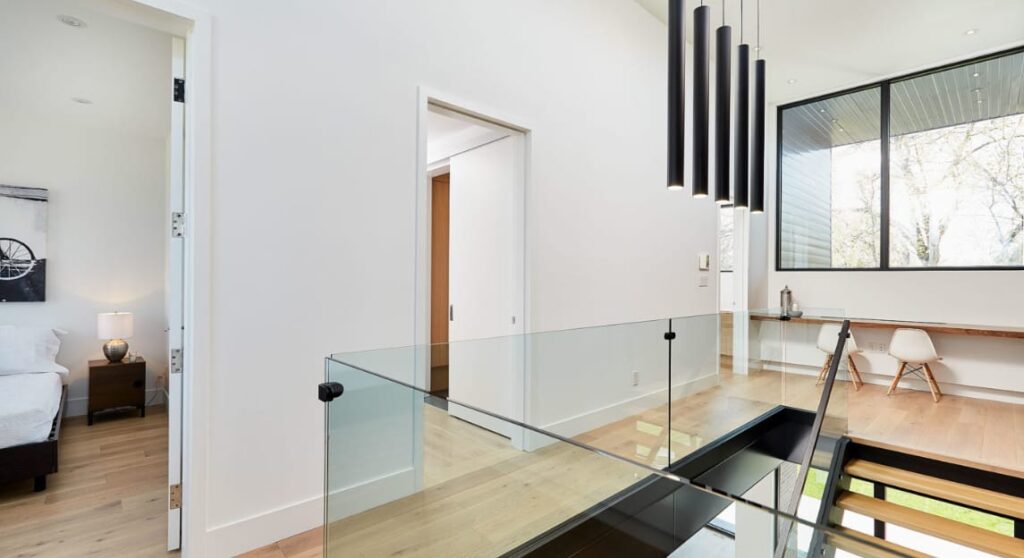In the realm of modern architecture, the quest for aesthetic beauty, functionality, and innovation is a never-ending journey. Among the plethora of materials and design elements that architects employ, one stands out for its ability to offer both form and function: custom glass railings. These architectural features have not only redefined the norms of construction but also significantly impacted the aesthetics of modern structures.
The Aesthetic Appeal of Custom Glass Railings
With their sleek, minimalist design, these railings add a touch of elegance and sophistication to any structure. They allow for an unobstructed view, making spaces feel more open and connected to the surrounding environment. This visual transparency is particularly beneficial in buildings with scenic surroundings, where it enhances the occupants’ connection with nature.
Moreover, the versatility of customised railings is another contributing factor to their widespread use. They can be tailored to fit any architectural style, from sleek modern designs to more traditional ones, making them a favourite choice among architects and designers.
Enhancing Functionality Through Design
While the aesthetic impact of these railings is undeniable, their influence extends beyond just visual appeal. These railings also contribute significantly to the functional aspects of modern architecture.
For instance, these railings are incredibly durable and require minimal maintenance compared to traditional railing materials like wood or metal. This longevity and ease of maintenance make them an economic and practical choice for both residential and commercial buildings.

Meanwhile, the use of glass deck railings in outdoor spaces has gained popularity due to their ability to provide safety without compromising the view. Whether it’s a balcony overlooking a bustling cityscape or a deck with a panoramic ocean view, deck railings made with glass ensure safety while allowing uninterrupted views.
The Environmental Impact
Personalised glass railings also have a positive environmental impact. Glass is 100% recyclable, making it an environmentally friendly choice compared to other materials. Moreover, the transparency of these railings allows for natural light penetration, reducing the need for artificial lighting and thereby conserving energy.
In conclusion, custom glass railings have had a profound impact on modern architecture. They have not only transformed the aesthetic landscape but also contributed to the functionality and sustainability of structures. As we move towards a future where design and sustainability go hand in hand, the role of these railings in shaping our built environment will undoubtedly become even more significant.

